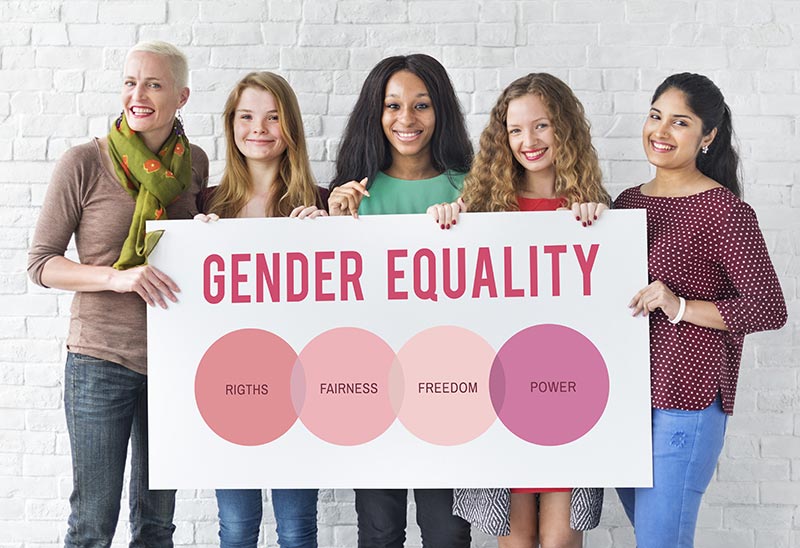The avalanche from the #metoo and Time’s Up campaigns that panned out on social media does indicate a change in the mindsets of people everywhere, men included, but will it help bridge the yawning gender disparity or the gap which is a global concern, even today, despite unprecedented developments in every facet of our lives?
First for some hard-hitting facts:
- Over 700 million women, who are alive today, were married when they were under 18, and of those, some 250 million were married before they were 15 (Unicef).
- Around 1 in 10 (120 million) girls worldwide have experienced sexual violence at some point in their lives (Unicef).
- Around 200 million girls and women in 30 countries have undergone female genital mutilation (Unicef).
Gender disparity is across all walks of life
The gap is more pronounced in the labour market, as the economic empowerment of women continues to remain elusive. According to the facts and figures listed by www.unwomen.org, women are far away from coming anywhere close to men in their average earnings or placements. While it is no secret that globally women are paid less than men, there are some disturbing facts to prove the disparity in the workforce.
- Women in most countries earn on average only 60 to 75 per cent of men’s wages
- In 2016, only 57 per cent of working-age women were in the labour market, compared to 70 per cent of working-age men
- Women devote 1 to 3 hours more a day to housework than men
- When paid and unpaid work are combined, women in developing countries work more than men, with less time for education, leisure, political participation and self-care
- Despite some improvements over the last 50 years, in virtually every country, men spend more time on leisure each day while women spend more time doing unpaid housework
- Gender differences in laws affect both developing and developed economies, and women in all regions.

Women have been fighting for gender equality for ages and they still continue despite strategic measures undertaken by developed countries and changes in the legislation incorporated by developing countries.
- Women make up just 23.3 per cent of parliamentarians
- A year ago there were only 10 women serving as Head of State and 9 as Head of Government
- Statistics of January 2015 shows that only 17 per cent of government ministers globally were women
While there are obvious developments in the field of education with governments everywhere taking up the issue, there are still yawning gaps in gender equality.
In Southern Asia, only 74 girls were enrolled in primary school for every 100 boys in 1990 and the ratio was the same even in 2012
In sub-Saharan Africa, Oceania and Western Asia, girls still face barriers to entering both primary and secondary school.

